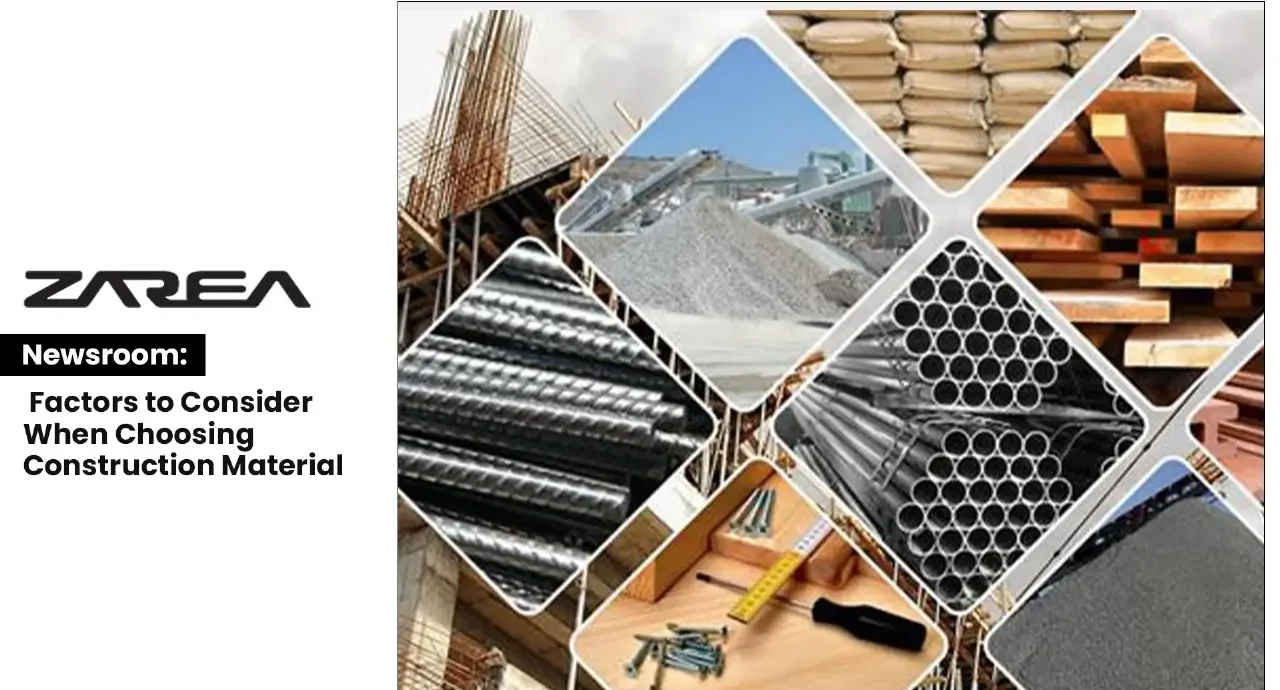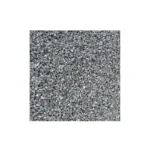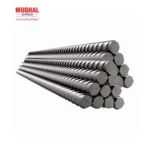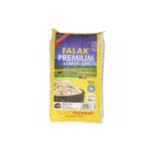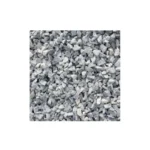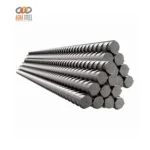Here are essential factors to consider when making your decision:
- Durability: Opt for materials that can withstand the local climate conditions, wear and tear, and potential hazards. Consider the lifespan of the material concerning maintenance and replacement needs.
- Cost-Effectiveness: Evaluate both initial costs and long-term expenses. Some materials might have a higher initial cost but prove economical over time due to durability and low maintenance requirements.
- Sustainability: Embrace eco-friendly options. Look for materials made from renewable resources or those that are recyclable. Sustainable choices not only benefit the environment but also enhance your project’s reputation.
- Availability: Ensure the chosen materials are readily available in your region. Accessible materials save time, reduce transportation costs, and minimize delays in construction.
- Compliance and Regulations: Familiarize yourself with local building codes and regulations. Choose materials that meet safety standards and regulations to avoid legal issues and ensure the safety of occupants.
- Energy Efficiency: Select materials that contribute to the building’s energy efficiency. Well-insulated materials can reduce heating and cooling costs, making your construction environmentally friendly and cost-effective.
- Aesthetics and Design: Consider the appearance and design possibilities of the materials. Some materials offer more flexibility in terms of shapes and styles, allowing for innovative and visually appealing architectural designs.
- Maintenance Requirements: Evaluate the maintenance needs of the materials. Low-maintenance options can save you time and money in the long run, ensuring your building remains in good condition.
- Availability of Skilled Labor: Ensure that skilled labor is available for working with the chosen materials. Skilled workers can ensure proper installation and enhance the materials’ performance and longevity.
- Life Cycle Analysis: Conduct a life cycle analysis of the materials, considering their environmental impact from production to disposal. Choose materials with a minimal ecological footprint.
By carefully considering these factors, you can make informed decisions about construction materials, ensuring the success, sustainability, and cost-effectiveness of your building project.”

